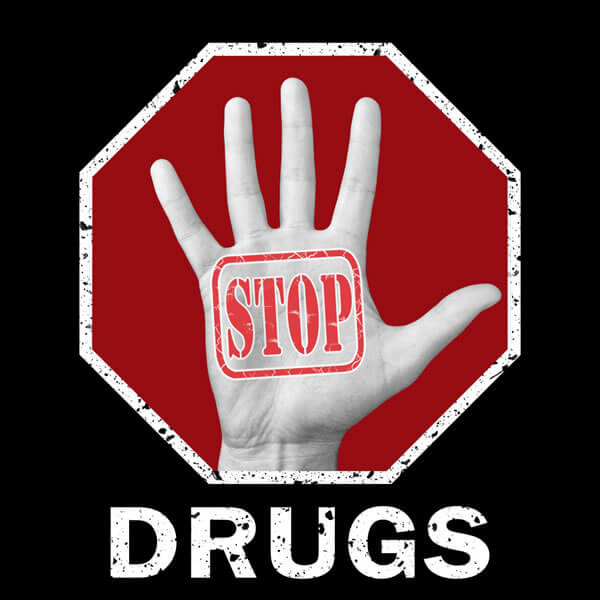Fentanyl Strikes Loudoun County: What Every Parent Needs to Know
Nine students from Park View High School in Sterling, Virginia overdosed on suspected Fentanyl use this school year with eight of the overdoses occurring in just the last three weeks. It was reported in the news that three of those students overdosed while at school and were administered Naloxone, and two of the students additionally received CPR. Naloxone (brand name: Narcan) is a drug that is used to treat opioid overdoses.
As a clinical psychologist in Loudoun County, I’ve seen, countless times, the devastating impact of drugs on our children and teens over the years. In my experience, parents are also often not aware of their son or daughter’s involvement with Fentanyl or other illicit drugs until well after the fact, and they are also often not prepared. With a median household income of close to $160,000, Loudoun County has been named, year after year, the richest county in the U.S. So, with all of the area’s wealth and success, how do Fentanyl overdoses occur in our backyard?
The answer to that question is simple. They occur because anyone can succumb to illicit substance use and abuse; drug use doesn’t discriminate across skin color, socioeconomic status, academic status, gender, religious status, or cultural background. Sadly, all teens are exposed to and vulnerable to the plethora of drugs – including Fentanyl — that are readily available at any local high school on any given day.
In today’s evolving landscape, one of the paramount concerns that parents face is the well-being of their children in the face of substance abuse. With the legalization of Cannabis for recreational use for adults (currently 24 states in the US have legalized recreational Cannabis with Virginia being one of them) and the constant dissemination of information via social media, Fentanyl availability is on the rise. Fentanyl is being sold via e-commerce platforms and social media; so essentially any teen with a smartphone can find Fentanyl if they try hard enough.
So, what exactly is Fentanyl? Fentanyl is a synthetic opioid, akin to morphine but 50 to 100 times more potent. It’s medically prescribed for the management of severe pain, particularly post-surgical pain or advanced cancer pain. However, its illicit use has surged in recent years, causing a notable public health crisis. According to the Center for Disease Control and Prevention (CDC), Fentanyl caused 84% of all teen overdose deaths in 2021 and those numbers are only growing. The CDC also reports the death rate for teens nearly tripled from 2019 to 2021.
If Fentanyl is so dangerous, why are teens seeking it out? They’re not. While the allure of experimentation, peer pressure, or even self-medication for physical or emotional pain, can draw teens into the vortex of opioid misuse, most teens ingest the drug unknowingly. The illicit drug market further compounds the issue; Fentanyl is often mixed with other drugs unbeknownst to the user, escalating the risk of overdose manifold. Some counterfeit Fentanyl pills are made to look like other drugs such as Xanax, Percocet, Oxycontin, Adderall, and Cannabis can even be laced with deadly doses of Fentanyl. When misused, even a small amount of Fentanyl can be deadly, making it a silent predator lurking in the shadows.
So, what can we do as parents? Be aware and be present. In Northern Virginia, many of us work long hours, and as parents we often juggle a lot. We cannot, however, fail to be too busy to get things right for our children and teens on this topic. A good place to start is with a conversation. Initiating dialogue with your child or teen about Fentanyl and its dangers is a crucial step towards prevention. When talking with your younger child about drugs, you will want to be mindful of what your child is capable of handling before discussing things. Thus, your child’s age, maturity level and threshold for worry/anxiety are all things to consider before discussing illicit drug use. Just as you would not discuss natural disasters, terrorism, or school shootings in the same way with 4-, 8- or 18-year-old children due to developmental differences, you would not do the same for the topic of drugs with your children of varying ages.
For your teens, you can certainly be more direct and detailed on the topic of drug use and Fentanyl. It’s essential to create a safe and non-judgmental space where your teen feels comfortable discussing their experiences and concerns. Providing factual information and expressing your supportive stance will serve to foster a conducive environment for a meaningful talk.
Being informed as parents is also essential. Parents should acquaint themselves with the signs of opioid misuse and the resources available for help. Establishing a network of support, including mental healthcare professionals, community groups, and educational resources can provide a solid foundation for keeping your teen safe. Moreover, the Substance Abuse and Mental Health Services Administration (SAMSHA) runs a national helpline, 24/7, 365 days a year, that is both free and confidential. SAMSHA can be reached at: 1800-662-HELP (4357).
In conclusion, the menace of Fentanyl is a pressing issue that necessitates proactive involvement from parents. Understanding the risks, initiating open conversations with your child or teen, and arming oneself with the requisite knowledge and resources are pivotal steps in safeguarding our youth from the clutches of this perilous substance. Through education and support, we can strive to create a safer environment for our children and teens, nurturing them towards a healthy and promising drug free future.
Michael Oberschneider, PsyD, NCCE, NCPC
Founder and Director
Ashburn Psychological and Psychiatric Services

Michael Oberschneider, Psy.D. “Dr. Mike” is a clinical psychologist in private practice.
He can be reached at 703-723-2999, and is located at 44095 Pipeline Plaza, Suite 240, Ashburn.






